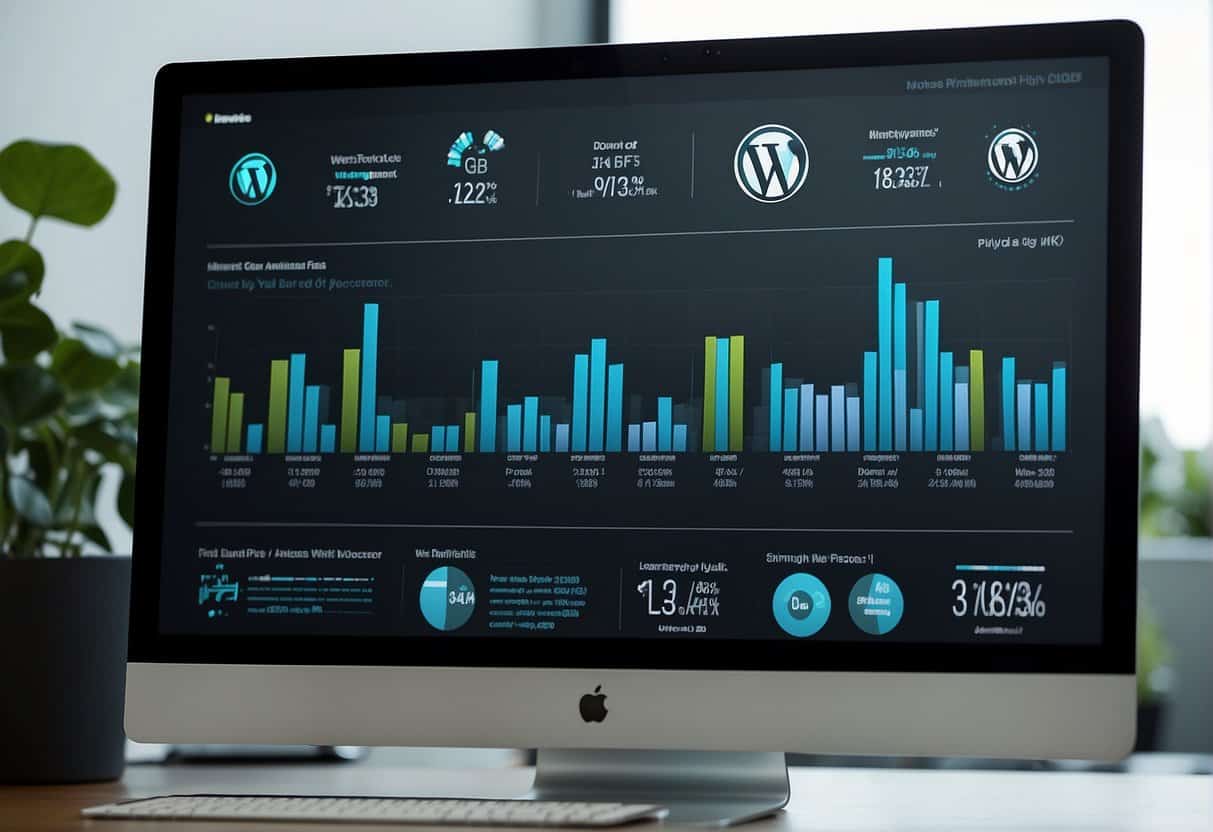TL;DR: Using TL;DR’s in your material can actually lead to better engagement.
What’s a TL;DR?
According to Merriam Webster, TL;DR is an abbreviation that stands for “too long; didn’t read”.
Since its adoption in the late twentieth century, TL;DR has been used to make many statements and served various functions. It can be used by a reader to assert that something is really too long to bother reading, which is a pretty subjective but honest measurement. Writers can also use it at the beginning of their work or as an interjection.
TL;DR is often used as an intro summary for a particularly long message, and that’s what we’ll focus on today.
In essence, the TL;DR forgoes unnecessary politeness and long-winded speeches and acknowledges that most people are not going to take the time to read what you’ve written. This is particularly frustrating because you’ve taken the time to write it out! They should at least give you the courtesy of reading it, right?
Wrong.
And more importantly, if you continue to function off of this “quid pro quo” mentality, you’re going to have a lot of written material with little to no engagement.
As a freelancer or digital agency owner, you need to ensure that your message gets across to current and prospective clients, as well as their clients. It may seem counterintuitive, but using TL;DR’s can lead to increased engagement from the right audiences.
So be humble. Use TL;DR’s. Here’s why.
Some Tough Truths
Including TL;DR’s at the beginning of your written engagement might feel like a personal affront to yourself. After all, you’re basically calling your readers out for not reading, and you’re admitting to yourself that people might think that you’re boring.
To make it an easier pill to swallow, let’s lay down some tough truths that put the benefits of including a very brief synopsis into perspective.
(And please—don’t kill the messenger!)
Everyone’s busy
Picture, for a moment, your email inbox (Or don’t—this isn’t supposed to be an exercise in violence.)
How many unread emails have you accumulated?
Even emails, blog posts, and newsletters from brands or projects that legitimately interest you get stashed in the “To-Do” folder of our brains, never to see the light of day again.
You’re not that special
We promise that we’re not contradicting your mom or your grandma, and it’s not to say that you aren’t special. You’re carving out a place for yourself in your field, putting in the effort, and reaping the rewards. That’s pretty special if you ask us.
You’re not that special, though.
It’s highly unlikely that you have swarms of people clinging to your every word. So you’re going to have to encourage them to cling on to as many words as possible, no clickbait or gimmicks allowed.
Your writing might not come across as clearly as you think it does
After several hours of writing, we’re all convinced that our latest blog post or newsletter should be up for a Pulitzer Prize (whether we care to admit it or not).
It’s not a personality defect; it simply has to do with taking pride in your work, which is normal.
Your readers, however, might not be getting the message so clearly.
And if your target audience isn’t getting your message, what was the point of all that effort?
Your subject is complex
What you’ve been studying, working with, and writing about for years by now might be a completely new subject matter for your audience, or at least a relatively new topic.
As an agency owner, part of your job is to educate your potential clients and explain why they need you. Don’t keep them guessing—it’ll keep your inbox empty.
You need quick answers
Have you ever waited to respond to a multi-part question or task, telling yourself that you’ll do it in an hour when you sit down for coffee? Then, what happens? You promptly forget it for the next two weeks (come on, be honest).
Quick responses come from simple CTA’s.
Keep it moving, bucko.
Game the System with TL;DR’s
It seems pretty counterintuitive to rely on TL;DR’s for more traffic and interaction, right? After all, with a TL;DR, someone can read the entire premise of your written content in one line, yawn, declare their indifference, and move on with their day.
“How on earth is that productive?!” you might scream exasperatedly.
Think of it this way: When you use TL;DR’s, you optimize your engagement for potential clients, get a real feel for leads you should actively pursue, and demonstrate your own accessibility.
Still not convinced? Hear us out:
It could be the trick to actually catching someone’s attention
Put yourself in your clients’ shoes.
You’re running late, trying to make it to a meeting on time after dropping off your kids at daycare, your dog at doggy daycare, and yourself at the coffee shop for some #selfcare.
An email pops up, telling you all about the latest WordPress plugin that can change your life. You almost spill an entire mocha latte across your lap as you read the subject line and open the mail. Your smartphone screen fills with inches and inches of text.
Maybe you’ll sit down and read the email later. (Spoiler alert: You won’t.)
Alternatively, you open the link to the email and read a one-line TL;DR of the plugin, realizing it’s something you actually do need. Curious and engaged, you make it a top priority to research pricing for the plugin as soon as the meeting ends.
Now, which one was more effective in the end—the newsletter or the TL;DR?
Create clear communication for quicker interactions (both positive and negative)
Your prospective clients have seen your TL;DR; they’ve read what you’re all about, formed an initial opinion, and some have left the building.
Wait—don’t start panicking just yet. In fact, you should be celebrating your efficiency!
You see, by using a TL;DR, you’ve successfully eliminated leads with no real intent or with poor alignment towards your overall goals. They got a clear, concise message about who you are and what you’re offering, and opted out.
You’re now able to focus your time and energy on prospective clients that have picked up what you’ve put down.
How to insert a TL;DR without leaving a bad impression
If you’ve ever had a first date where you found yourself wishing you could get up and leave the table without seeming like a complete and total jerk, you’re already a fan of TL;DR’s, without even knowing it.
On the opposite end of the spectrum, if you’ve ever been ghosted or left begging for crumbs of clarification from someone you thought you were dating, you’re also a fan of TL;DR’s.
The most important part of both of those scenarios—and the reason they felt negative—had very little to do with intent, and everything to do with strategy and tone.
There’s a little bit of debate about where the TL;DR should appear in an email or newsletter. But, if you’re trying to make things easier on your reader, it seems only reasonable to include this at the beginning, rather than forcing someone to read to the end to have their time economized.
While some argue that using TL;DR’s is rude and unprofessional, others argue that it all has to do with how it’s phrased.
Look at the language you’ve used. Is it polite and grateful? Is it informative without being condescending?
You’re helping thin your audience to only the most interested parties by using a TL;DR. There’s no reason to turn your helpfulness into something that makes them feel foolish or scold them for not reading your whole email.
And if you need a little help forming the perfect TL;DR, great tools such as this paraphraser will help you condense what you’ve written into a compelling message.
Engaged. Understood. Responded.
As data continues to flow past our eyes at an ever-increasing rate, you need your message to stand out and for people to understand it—quickly and efficiently.
Some of your clients and your prospective customers will read what you’ve got to say, regardless. They’re interested. They care. They think that you are that special. But with the TL;DR, you target an audience that feels it lacks time or values getting to the point. They’ll respect and appreciate your efforts in the end.
So, trust us. Be humble. Go ahead and insert that TL;DR.
For more ideas on effectively engaging your client base and using more efficient communication, check out the Digital Agency Owners Facebook group. There you’ll find others who have learned through trial-and-error about the best ways to communicate through written content!





